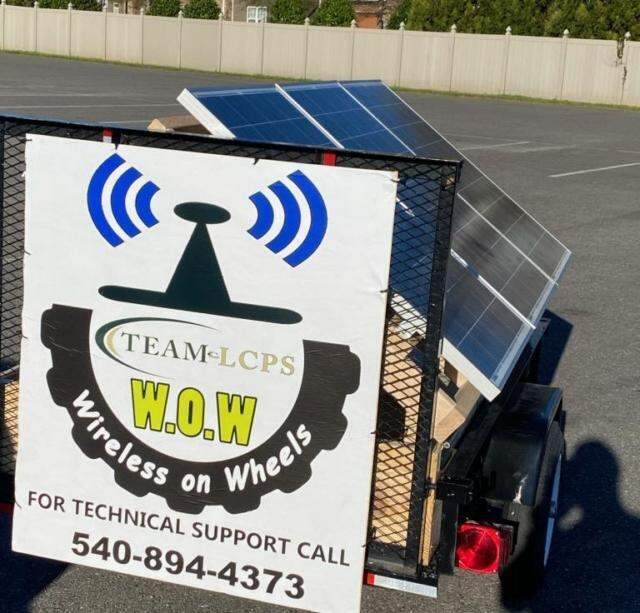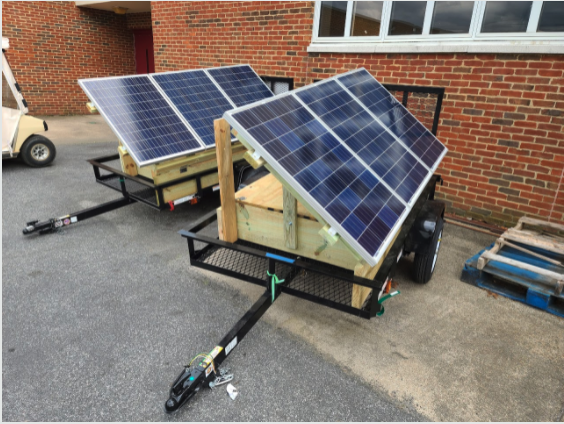In this first of a two-part series, Edison Energy sat down with Tish Tablan, Program Director at Generation180, to discuss the growing demand for solar-powered schools. For the past two decades, Tablan has been working within nonprofit, public, and private sectors to inspire sustainable solutions to complex environmental challenges.
School districts from New York to California have been increasingly going solar to reduce energy costs, lower carbon emissions, and provide students with hands-on learning and job training.
By the end of 2019, 7,332 U.S. schools had installed solar–nearly double the number of five years earlier, according to the Brighter Future Report published by Generation180, a Virginia-based nonprofit working to help drive the clean energy transition. Schools are now installing greater solar capacity, with solar production up 81 percent over five years ago.
More than five million students now attend schools with solar–a 24 percent increase since 2017. That was the year that Generation180 partnered on the Solar for All Schools campaign with The Solar Foundation (TSF) and the Solar Energy Industries Association (SEIA), who initiated the solar study over five years ago.
Generation180 helped to revive the solar report, turning the initiative into a campaign to show schools that going solar was not only viable but beneficial.
“Switching to clean energy and addressing the climate crisis can be a backburner topic for schools, particularly amidst the challenges of a global pandemic and funding deficits,” said Tish Tablan, Program Director at Generation180. “However, we saw a missed opportunity for schools to take advantage of their large, flat roofs and expansive campuses to greatly reduce energy costs, enhance student learning, and support healthier communities.”
While school districts are showing an increased interest in utilizing solar energy, there’s still a long way to go, says Tablan. As of Generation180’s last solar report in 2020, just 5.5 percent of K-12 school buildings nationwide had solar. .
“We have a vision for all schools, regardless of their size and wealth, to access the benefits of clean energy, but we have a long way to go,” Tablan said. “Once schools go solar, the benefits ripple out into their communities. We calculated that if all K-12 schools in the country were 100 percent solar- powered, they would reduce carbon dioxide emissions equivalent to closing 18 coal-fired power plants. Not only does the education sector have a big role to play in reducing our carbon emissions, but schools can play a leadership role in our country’s transition to clean energy. Schools can model the benefits of clean energy in the community and will inspire their staff, students, families, and neighboring schools to also make that change.”
Inspiring change

Teachers at Louisa County Public Schools designed solar-powered mobile and wireless stations to help expand internet access to students and community members during the pandemic.
Last year, for the first time, Virginia made it to the organization’s Top Ten list for installed solar capacity at schools, jumping to ninth for MW capacity–up 12 spots from its previous ranking. Since 2017, the number of solar schools in Virginia has tripled and the installed solar capacity has increased tenfold.
Louisa County Public Schools, a small, rural school district in central Virginia with approximately 5,000 students, serves as an innovative model for how to leverage solar technology at schools to benefit both students and the surrounding community.
During the Covid pandemic, teachers in the district designed solar-powered mobile and wireless stations, called Wireless-on-Wheels (WOW), to help expand internet access to students and community members who needed to study or work from home. Students helped build 32 WOW stations, which were distributed throughout the county in church and grocery store parking lots.

Students at Louisa County Public Schools helped build solar-powered Wireless-on-Wheels (WOW) stations, which were distributed throughout the county.
The district is currently in the process of installing over 7 MW of solar across its six schools, which will generate most of the district’s energy needs. As part of the school’s new curriculum, students will learn how to install ground-
mount and rooftop arrays to gain hands-on experience. Once finished with installation, students will then disassemble the arrays for the next round of students.
The school district is also planning to install EV chargers at parking lots at various schools. The district will pay for the extra electricity load with the energy savings created by a solar array that will be installed by students at the district’s central office. Materials for the solar array were paid for by a grant provided to the district from their solar installer.